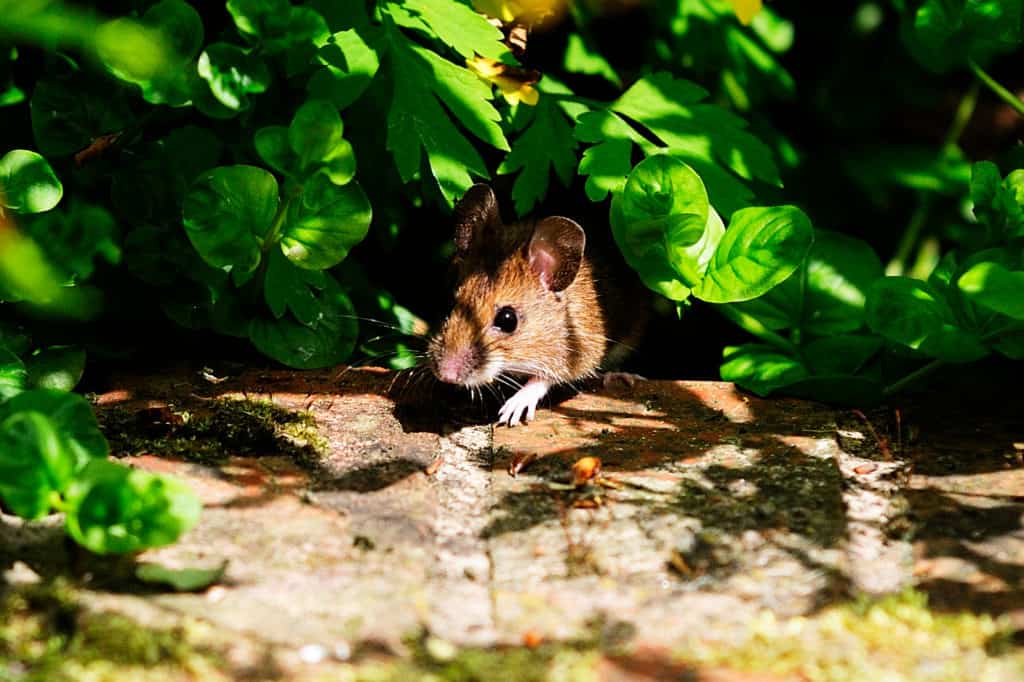Before we get into the plants that repel mice, let us be clear that in-depth studies have not been completed to determine how efficiently these plants work to drive off mice. The plants mentioned below are believed to have worked for some people. However, there simply is not overwhelming evidence to suggest that these plants definitively repel mice.
We suggest to plant the plants that will be beneficial in your garden beyond the sole purpose of repelling mice. For example, plant garlic because you will use it in the kitchen with a secondary purposes of potentially deterring mice.
Ultimately, the best way to deter mice from the home is by eliminating sources that will provide them with food, water, and shelter. This might mean eliminating a compost pile, bird seed, stacks of wood, fixing a leaking outdoor spigot, and possibly much more.
Table of Contents
Catnip

Most people are likely familiar with the dried version of catnip that makes cats act loopy. However, plants are often readily available to introduce into the garden come spring. We have seen them in the garden centers at Home Depot and Lowe’s, among other places.
Catnip (Nepeta cataria) is a member of the mint family and is a perennial herb. The aroma given off by the plant is what gives some cats a “high” for about 5 to 10 minutes. While you might attract the neighborhood cats by planting catnip, it is also believed to deter mice.
As a bonus, according to Science Daily, the oil in catnip known as nepetalactone, has been found to be approximately ten times more effective at deterring mosquitoes compared to DEET.
Wormwood
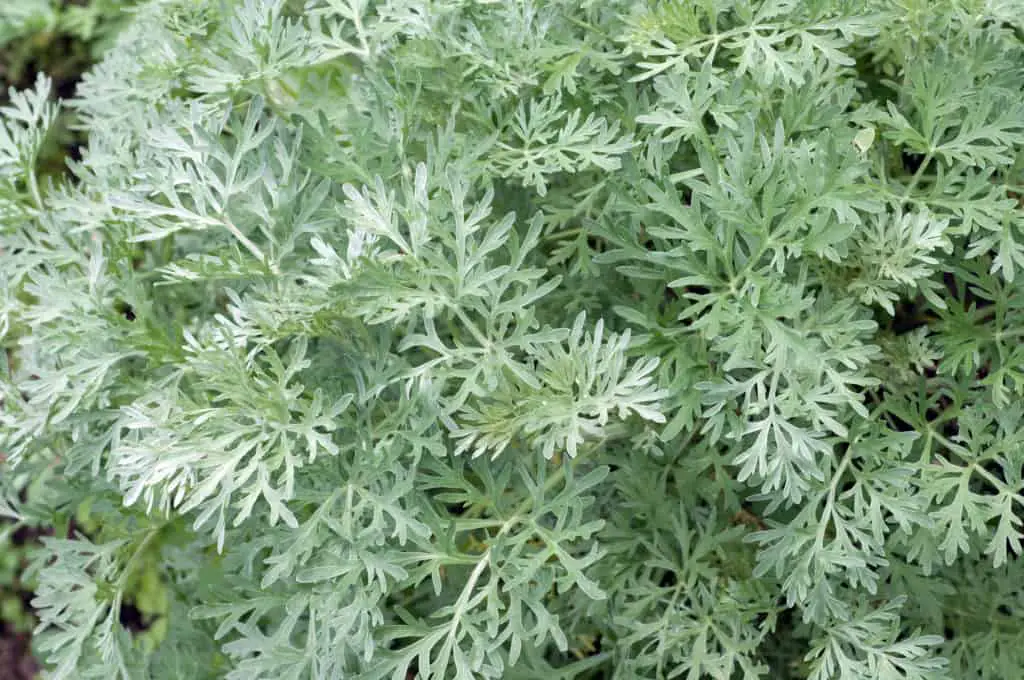
Wormwood (A. absinthium) has been used way back to ancient times as a method of pest control. It was used to deter moths, snakes, earthworms, fleas, lice, and mice. Today, it is used to manufacture alcohol products such as absinthe and vermouth. Similar to catnip, mice are believed to dislike the aroma of wormwood which drives them off.
Crown Imperial
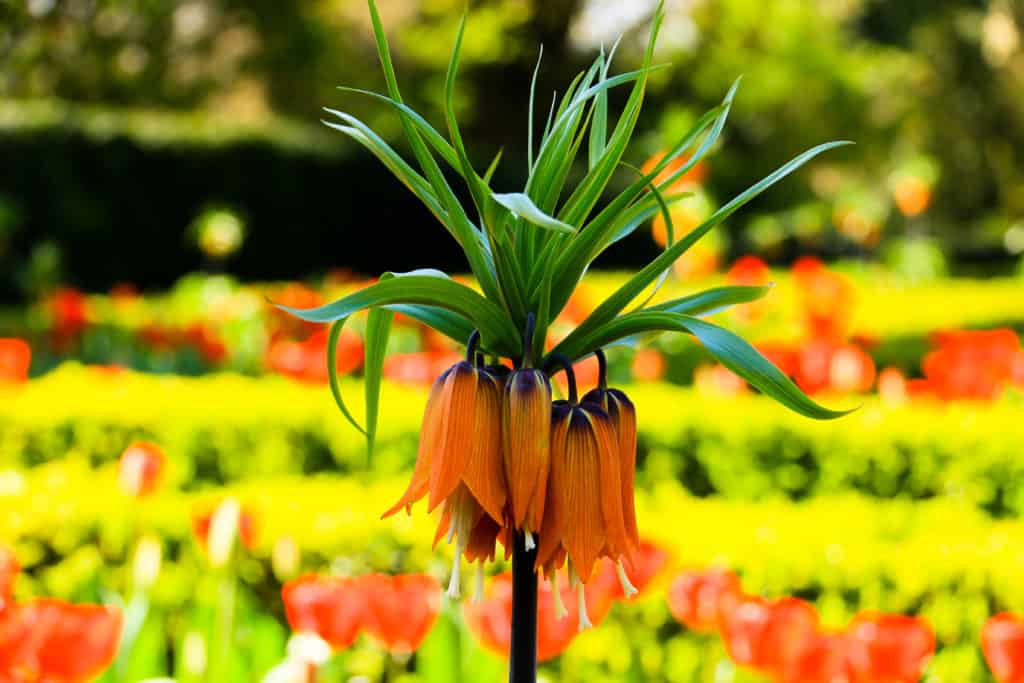
The crown Imperial (Fritillaria imperialis) gives off a musky smell similar to a fox. This odour is thought to repel mice and other small animals that the fox hunts.
In addition to being a pest repellant, the crown imperial is a beautiful and unique flower that features downward hanging bell-shaped flowers. Colors of the flowers can be found in red, yellow, and orange.
Mint
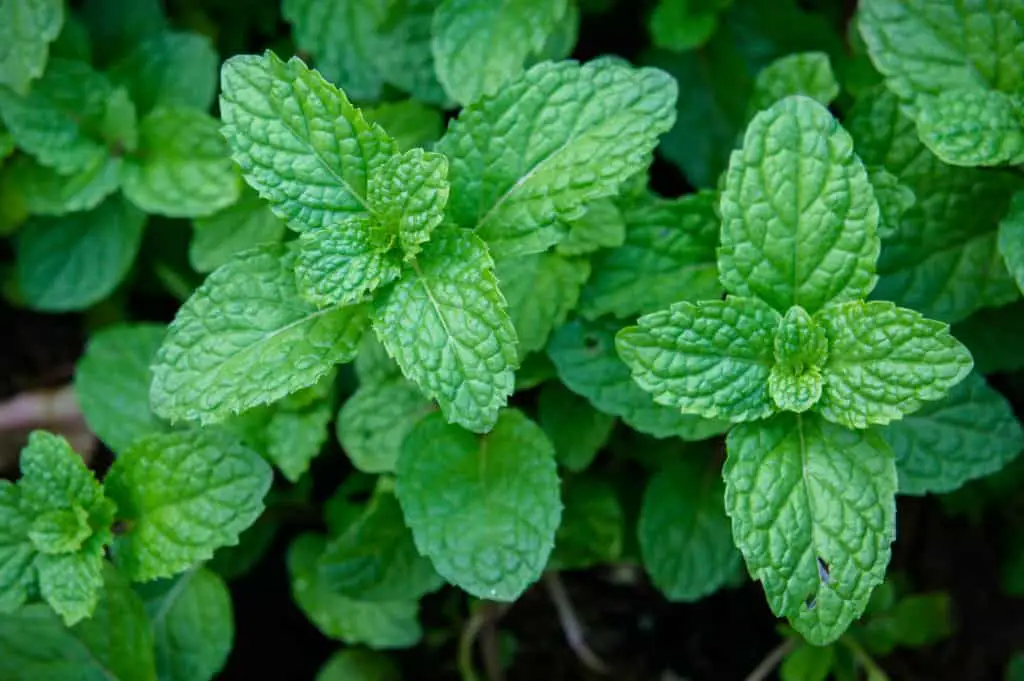
Mint plants such as peppermint and spearmint produce a pleasant aroma for humans. However, it is believed that rodents detest the smell enough to send them away from the plants. Cutting up and spreading mint plants over suspected high traveled rodent areas will produce the best results. Additionally, frequently reapplying fresh mint will ensure the odor remains strong enough to be effective.
Garlic
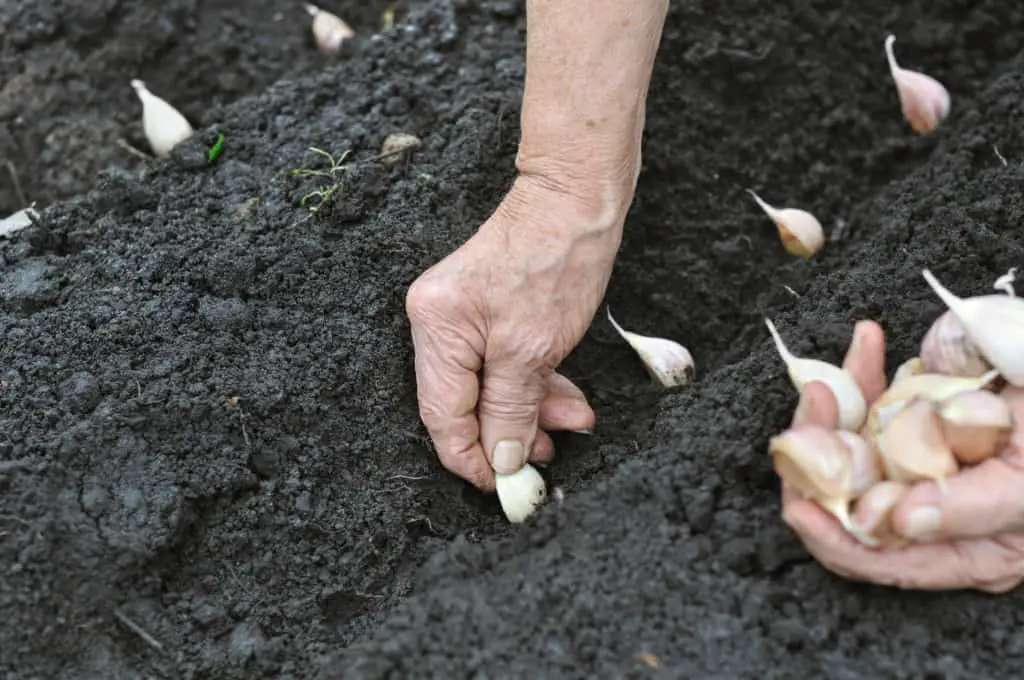
Some people have reported success with garlic to repel mice and other rodents. As you probably guessed, the repellent mechanism of garlic is its smell.
Garlic works best when the cloves have been peeled and have been sliced open to release the peak amount of odor. The big problem with fresh garlic is that it drys out quickly and loses its smell when the cloves are exposed to the elements. You will need to reapply garlic frequently.
Lavender
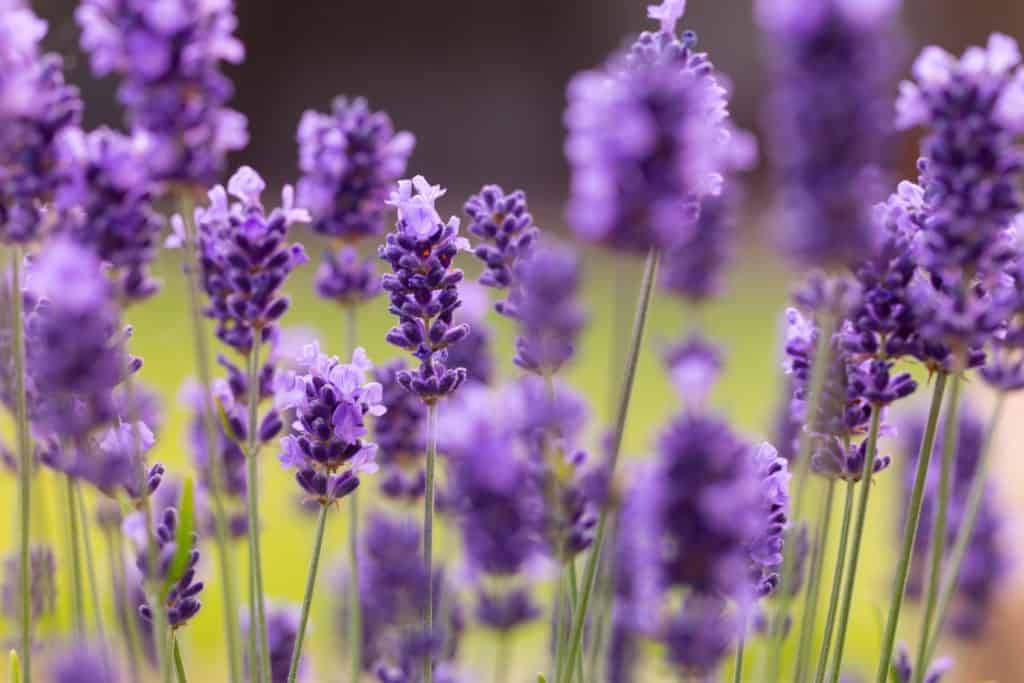
Most people will have no problem adding lavender to their garden simply for its beauty. However, it is also said to work as a repellent for mice when planted where they travel. Some people even dry it out and place it in bags around the home or in the heating ducts of their car when being stored for the winter.
Conclusion
Again, don’t expect these plants to be miracle workers against repelling mice. It is better to find the source that is attracting them and eliminate it, instead of looking for solutions such as plants to drive them away. Don’t be afraid to call a pest control professional if you suspect you are dealing with an infestation.

